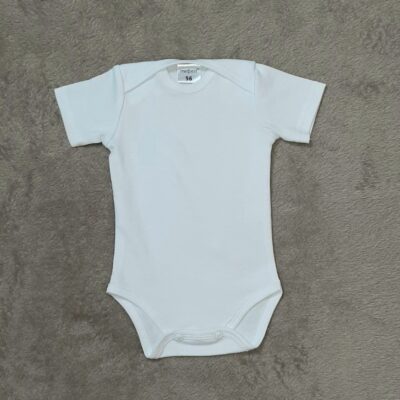Specialized baby swaddles were popularized partially by dr. Harvey Karp, paediatrician and author of international bestsellers “The happiest baby on the block” and “The happiest toddler on the block”, as well as the incredibly popular method for calming babies – he dubs it the 5 S’s while the sleep deprived masses of young parents refer to it simply as the Dr Karp method. It aims at providing the baby with the same sensations it experiences in the safety of the mother’s womb. The effect is achieved with the 5 S’s: swaddle, side or stomach position, shush, swing and suck.
A specialized baby swaddle is a modern way to go – cocoon effect without applying layers of cloth diapers (a method that was still being taught at hospitals until recently), a thin blanket (which unrolls after some time), a cone (too hot in the Summer and too small to fit the whole baby), or a sleeping bag (only covers the baby’s torso and legs, leaving the arms out).
Some things were clear from the start: a two-way zipper for easier changing, anti-allergic fabric that is pleasant to touch, the simplest and most user-friendly construction possible. There were also things we worried and argued about, which we tested thoroughly. Most importantly: how tight should a baby be swaddled? As tight as possible, preventing him or her from moving at all? Surely not! Straightening a baby’s legs and fitting them into a tight sack is against the baby’s anatomy, and may damage his or her hip joints. Sticking the arms tightly to the torso or tying them parallel to the body? If you’ve dealt with more than one baby, you know how different they can be in terms of preferences. A trip to maternity ward teaches us that babies sleep in various positions. Some babies lay on their backs and hold their arms at ear level. Others prefer sleeping on their tummies, with erected butts and folded legs. There are also babies who remain on one side for hours.
We wanted our Niuniu swaddle to give the feeling of safety to all babies, to create an enclosed space with concrete borders while still enabling the baby to assume his or her favourite position. With Niuniu, parents get to observe their baby and make adjustments to better accommodate his or her needs. Thanks to adjustable knots, the fabric may stick close to the baby’s body or leave him or her more room. A baby in Niuniu may thus sleep on the tummy as well, which would be impossible, not to mention dangerous, in a tight tube.
There is another factor in favour of Medbest Niuniu baby swaddle – many parents are reluctant to wrap their babies in swaddles that limit their movements completely. Such models remind them too much of straitjackets and evoke no associations with safety. Such models thus fail to fulfil their purpose, which is to soothe not only the baby, but also the parents – assure them that they’re doing a good job and give them a moment of relief.
Why is the binding option absent from Niuniu models aimed at children between 3 and 24 months of age? Because it’s unnecessary. The Moro reflex begins to fade away. The baby develops awareness of his or her own body, as well as space awareness and reacts to the surrounding stimuli in a calmer manner. Nonetheless, the binding may be sewed in – parents sometimes ask for it, as their babies keep the Moro reflex until the 6th month of life or longer, in which cases binding makes sense. (CAUTION!!! If the Moro reflex persists for too long, you must consult your paediatrician)
+ 48 66 88 400 58






